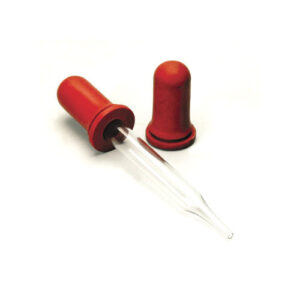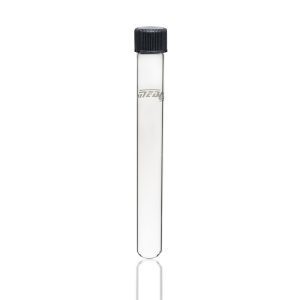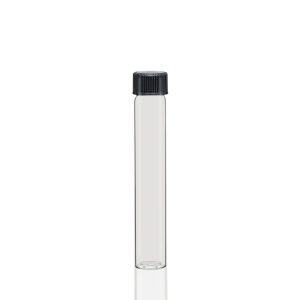Test tubes and culture tubes made from premium Borosilicate 3.3 glass are essential tools in every modern laboratory. Known for their durability, chemical resistance, and heat stability, these tubes play a crucial role in handling, storing, heating, and observing a wide range of samples.
At MEDILAB, we supply a complete range of high-quality laboratory glass tubes, perfectly suited for distributors, importers, research labs, and industrial buyers worldwide. Our tubes deliver consistent performance, are autoclavable, and ensure crystal-clear visibility for accurate monitoring.
Our Product Range Includes
Ideal for accurate dispensing of reagents and liquids. The rubber teat ensures smooth control, making it suitable for diagnostic labs, chemistry labs, and sample preparation.
Designed for microbiology and culture growth. The smooth interior prevents contamination and ensures optimal growth conditions.
Stable flat-base design for easy placement on lab surfaces. Suitable for specimen collection, sample storage, and routine culturing.
Built with thick walls to withstand high-speed centrifugation. Graduations allow precise volume measurement.
Ideal for separating biological and chemical samples. Round base ensures even sedimentation during centrifugation.
A versatile tube for heating, mixing, and temporary storage. Graduations support accurate measurement, while the stopper ensures secure sealing and more ….
Key Applications
- Heating and observing chemical reactions
- Culturing bacteria, cells, and microorganisms
- Measuring and transferring liquid samples
- Sample storage during experiments
- Preparing solutions for routine lab work
Key Features of MEDILAB Glass Tubes
- Made from Borosilicate 3.3 glass for high durability
- Excellent thermal shock resistance for heating and cooling procedures
- Highly chemical-resistant for acids, alkalis, and solvents
- Crystal-clear transparency for easy sample observation
- Autoclavable & reusable, ensuring long-term value
- Smooth edges & precision finishing for safe handling
Why International Buyers Prefer MEDILAB
- Bulk manufacturing capacity for large orders
- Consistent export quality with strict QC standards
- Stable supply for distributors and importers
- Custom branding, packaging & OEM options
- Competitive pricing for global B2B markets
MEDILAB supports laboratory distributors, wholesalers, medical suppliers, and industry buyers across Asia, Africa, the Middle East, Europe, and the Americas.










